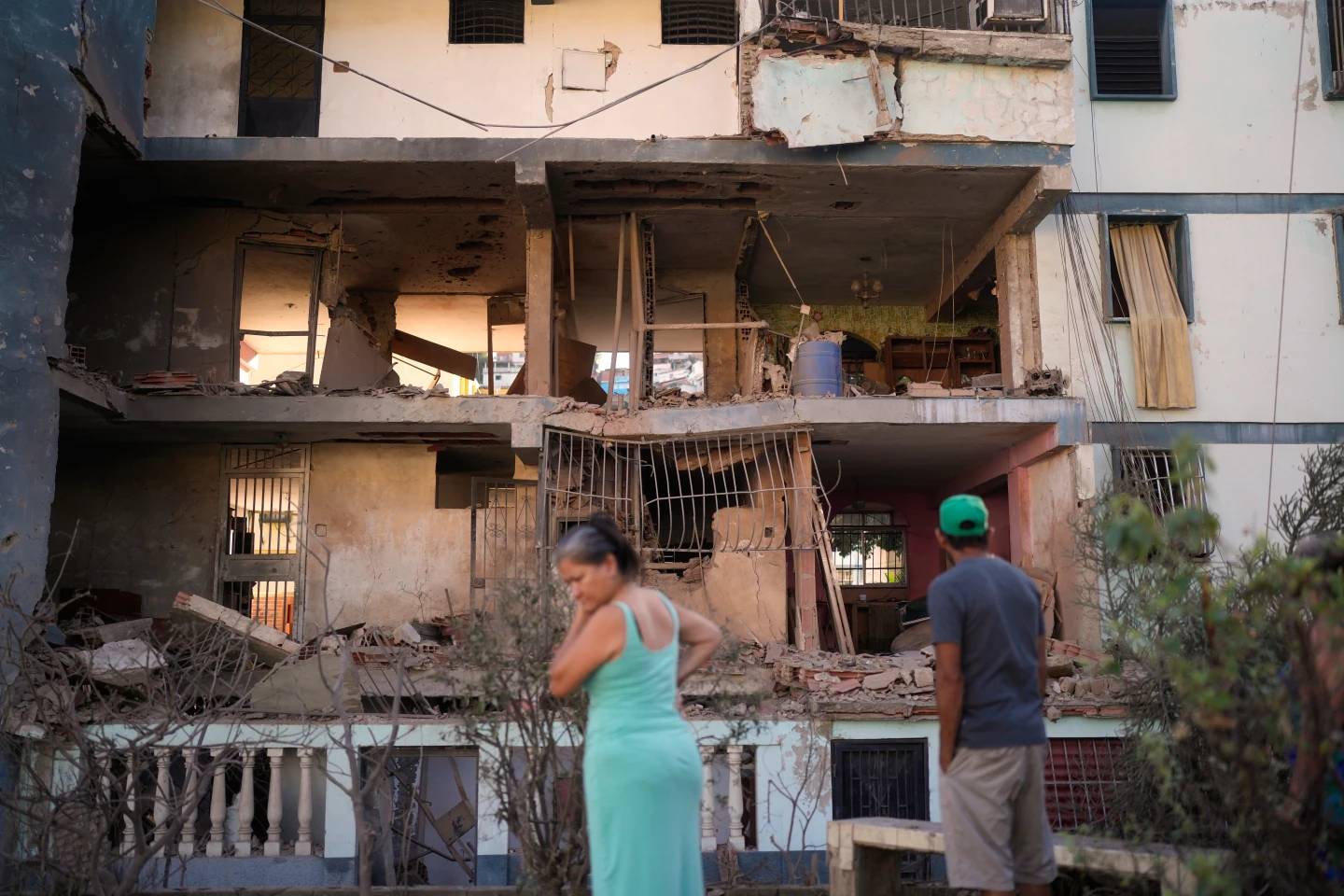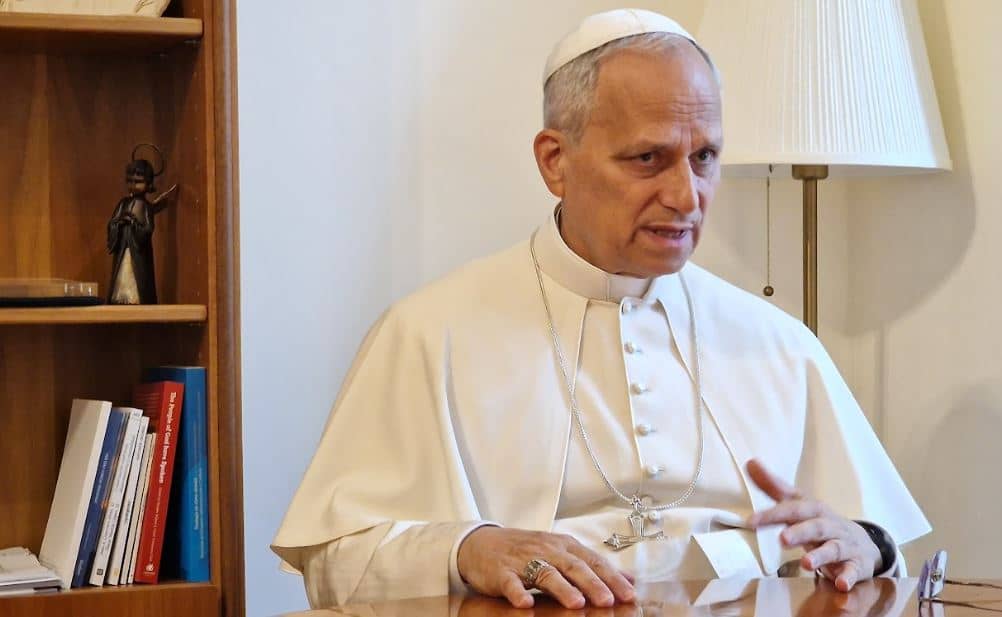[Editor’s Note: Peter Casarella is a Professor at Duke Divinity School with expertise in Latinx Theology and Pneumatology. Before coming Duke in 2020, he served as Director of the Latin American/North American Church Concerns Project at the University of Notre Dame and professor of Catholic Studies at DePaul University where he was also the founding director of the Center for World Catholicism and Intercultural Theology. His most recent book is The Whole is Greater than its Parts: Ecumenism and Inter-religious Encounters in the Age of Pope Francis (2020), which he edited. He spoke to Charles Camosy.]
Camosy: You are someone whose writing time is very much in demand, but you made time to write the forward to a new book titled, Paradise: Reflections on Chiara Lubich’s Mystical Journey. Why did you make time to do this particular piece of writing?
Casarella: I am not a member of Focolare, but I met Chiara Lubich in person in 2000 when she was awarded an honorary doctorate in education by The Catholic University of America. Since then, the journey of my life has happily been intertwined with Focolarini in Italy, the United States, and Latin America. Students who have not had any contact with Focolare do not know about her story or her work. People in the guild of professional theology are even less well informed. I am always surprised at how relevant the most basic facts about Chiara’s life appear to the newcomer. The response of Muslims, for example, has been remarkable.
Beyond what you just shared, what basic details of Chiara’s life do you think are most important for Crux readers to know?
She lived a full life with many important achievements and recognitions. The details can be found here and here. A new movie on Chiara’s life, with a focus on the early years, has just appeared in Italy. I hope that it will one day be shown in the United States. Chiara is played by a famous Italian actress who was not a Catholic or familiar with the movement. The process of translating a hidden dialogue between one woman and God into a screenplay and a celluloid work of art is itself interesting. Chiara inverted an image from Teresa of Avila and liked to talk about the final stage of the spiritual journey as an exterior castle. The medium of film in this case is like an exterior castle of Chiara’s journey to God.
In the book I talked about her mystical experience in 1949 as the “Mount Tabor of the Dolomites.” That’s probably hard for most readers to visualize since the end of World War II was so long ago and not many have traveled to the mountains of Northern Italy. Chiara’s experience in 1949 has to be placed in that context of hardship and despair simply because that is where Focolare was born. It was not born in the Vatican or in some boardroom. I read Dietrich Bonhoeffer’s Letters and Papers from Prison as a teenager, and it moved me greatly. He was in prison from 1942-45, which is roughly the same time as the early trials that accompanied the founders of Focolare. This was a period, in other words, when Christianity had to be stripped down to its barest essentials in order to be reborn. The companions of Chiara were no doubt attracted to her ability to communicate in simple language what was most vital about the Christian message.
Today the movement that Chiara founded touches the lives of over two million people in over 182 countries. How did that come about? Chiara traveled and was tireless in extending the initial vision into many new contexts. She promoted Christian unity, the unity between peoples, an economy of communion, the theology of the ecclesial movement, a more integral approach to education, a unity of spiritual charisms, and, above all, a unity of the world’s religions. There are many large projects like the Mariapolis (“City of Mary”) originally in Brazil and now in many other places. But there are also smaller and less visible radiations of the light from the Dolomites that were shared in individual encounters like that one that I experienced in 2000 at Catholic University.
Her trip in 1997 to New York City to visit the Mosque of Malcolm X is particularly important to recall today. Racial healing and overcoming religious stereotypes must go hand in hand if the United States today is ever going to recover a sense of being one people. As Sharry Silvi notes, the words spoken were decisive at this historic encounter. “Imam Mohammed,” Chiara said, “Let’s make a pact, in the name of the one God, to work unceasingly for peace and for unity.” Imam Mohammed responded immediately. “This pact is made forever,” he said. “May God be my witness that you are my sister. I am your friend and I will help you always.” There is so much that we can learn from this pact about God and about the sharing of life together in this country.
Chiara and the movement she founded, to the extent they get press at all, tend to get it on the basis of their dialogical and ecumenical work. Why do you think it is particularly important to focus on her mysticism?
I can see how the word turns some people off. It sounds esoteric or like some kind of privileged possession of a few elites. But without an encounter with the love of the Father, the Son, and the Holy Spirit, the practice of dialogue and ecumenical work becomes, at least for those who profess this belief, mundane tasks, i.e., sterile and long-winded technical achievements that are separated from the life of faith and the revelation of Triune Love. Chiara did not treat her vision of God as an elevation to a realm beyond the realm that we inhabit in everyday life. Piero Coda likes to reflect upon the gift of the Trinity not as determinate knowledge of God that we able to possess but as “the place” carved out by God for the exercise of a freely chosen vocation. When we enter that place, we see things in a new way.
Callam Slipper likewise writes in the book about the “cognitive proposal” inherent in Chiara’s vision of paradise: “We should always recollect ourselves also in the presence of a brother or a sister, but not avoiding the creative person but rather recollecting him or her in our own heaven and recollecting ourselves in the heaven of the other (Paradise, ed. Donald Mitchell, 369).” The lessons that were drawn from Chiara’s mystical journey for the purpose of dialogue follow this pattern. If we allow God to act freely, then God opens up a space that goes beyond the borders that we erect on our own purely subjective terms. God makes way for the other so that we can enjoy an encounter with a stranger. There is no handbook for undertaking this journey beyond the writings of Ephesians and John about the revelation of God’s rendering a gift of unity to the human family (cf. Eph 4:1-3).
You note that young people are often “just as befuddled by the numbing indifference of the world to faith as by the opponents of the Church.” Do you think the mystical vision of Chiara has something to offer as a response to this particular sign of the times?
Chiara had a special concern for the youth, which culminated in the founding of what she called Gen 3 (the third generation of the movement). I myself, by the way, have beautiful five children, ranging in age between eight and nineteen. Not one of them would consider me qualified to answer this question. In any case, in a digital age young people live at the front lines of the confrontation between secularism and Catholicism.
Scholars debate about whether and to what degree a notion of secularity can be extracted from our secular age that is not antithetical to what we believe. I am not sure that this kind of abstract question moves the youth. When I met Chiara in 2000, I asked her about the effect of the internet on young people. She was positive and not at all fearful even though she understood the challenge.
We face a different kind of rubble today than the one that Chiara and the original companions faced when they saw the city of Trent in post-war ruins, an invisible rubble. The pandemic has only exacerbated our very fragile social bonds and uncovered how sins like inequality and racism lie just beneath the surface. Blessed Chiara Luce Badano and Blessed Carlos Acutis are living proof of the lie that has been disseminated that the youth are afraid of making sacrifices.
On the contrary, people my age need to learn from the willingness of the youth to throw themselves fearlessly into new projects that aim to communicate the faith in a new way. Chiara wanted, until her last day, to bring the world in her arms to God. That affirmative stance in the midst of brokenness, strife, and bile-filled rhetoric is what appeals to the youth and will move them to discover in their lives a Mount Tabor of their own.
You provocatively note that Chiara’s founding vision of the Focolare included “a complementarity of Marian and Petrine profiles.” Is there something here from which the broader Church can draw? Perhaps especially when it comes to how we imagine formal leadership roles?
Chiara received formal approval from the pope that the president of Focolare will always be a lay woman, with a male co-president who is a priest. In a couple of weeks Maria Voce, Chiara’s successor, will be replaced by another lay woman. Perhaps there are other Catholic institutions of this scope and scale (besides the leadership of religious congregations) that have this statutory provision, but I cannot think of one.
Chiara called the Focolare “the work of Mary” because she believed in the complementarity of the Marian and the Petrine. She believed in discerning the proper balance in Catholicism between the enthusiastic and uninhibited readiness to bear the Word of God in the womb of one’s heart and the quiet but firm building of an institutional order that remains faithful to this complementarity. I can think of many examples of errors on both ends of this spectrum. A balance must be discerned. I have tried elsewhere to compare Chiara’s witness to other modern lay women who worked in pairs like Raïssa Maritain and Adrienne von Speyr. The broader lessons for female leadership in the Church are also there to be pondered.
Correction: An earlier version of this article referred to Blessed Chiara Luce Badano as Saint Blessed Chiara Luce Badano.
















